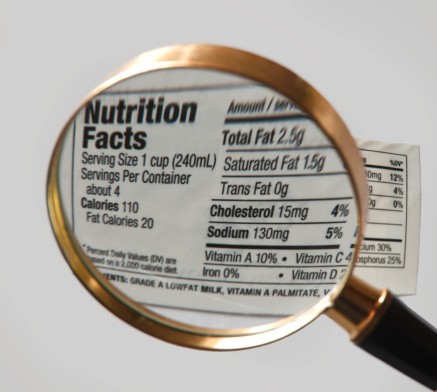Unmasking MS: More Common Than You Think, and Why We Fight So Hard
DEC 03, 2025MS is not rare. It’s estimated that nearly 1 million people in the United States and 2.8 million worldwide live with MS.
Read More
Every five years, the United States government (USDA and HHS) releases a new set of
recommendations that reflect current data on healthy eating and exercise. Since 1980, the guidelines have promoted healthy lifestyle choices to help reduce the risk of chronic diseases, like type 2 diabetes, heart disease, and high blood pressure.
Recently, the eighth edition of the Dietary Guidelines was released. The new guidelines focus more on healthy eating patterns, instead of individual food groups. Remember the food guide pyramid?
Here are the five main points to the guidelines:
What is a “healthy eating pattern?”
An eating pattern is the combination of foods and beverages that make up a person’s dietary intake over time. These patterns may be described as a customary, or habitual, way of eating. Consider your own eating pattern and answer the following questions:
Do I consume a variety of fruits, vegetables, and whole grains?
Am I eating a variety of protein at each meal, including seafood, lean meats, poultry, eggs, and beans?
Does my plate consist of mostly whole, unprocessed foods, or does most of it come from a box or package?
Am I mindful of portion sizes?
The following chart may help you further define a healthy eating pattern:
| INCLUDE | LIMIT |
| Variety of vegetables – dark green, red and orange, legumes, starchy | Saturated fats, like animal fats or solid fats at room temperature |
| Fruits, especially whole fruits | Trans fats in processed foods |
| Grains, mostly whole and unprocessed | Added sugars |
| Variety of protein | Sodium |
| Oils – liquids like olive and canola | Alcohol |
| Low-fat or fat-free dairy | Inactivity |
| Activity |
For more details about the guidelines, you can find the entire report here.
Shifting to a new way of eating can take time and effort. To help make the transition a bit easier, here are a few final tips to leave you with:
Start experimenting to improve your eating pattern today!
This post was written by CHI Health Dietitian, Angie Katzberg, RD/LMNT.

MS is not rare. It’s estimated that nearly 1 million people in the United States and 2.8 million worldwide live with MS.
Read More
COPD is a group of progressive lung diseases that block airflow and make it difficult to breathe.
Read More
When reflux happens frequently (typically two or more times a week) or becomes severe enough to cause complications, it's considered GERD.
Read MoreWhen you need local health information from a trusted source, turn to the CHI Health Better You eNewsletter.